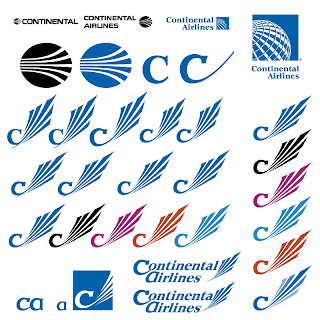One of the best things about my job is helping people realize their goals. Branding is an investment in making a dream something tangible.
After over 30 years in business, I was approached by the son of the founder of LPA Construction to help reposition them to take on larger and more institutional clientele. Sal Lopardo started LPA specializing in masonry and by the time he'd passed it to his son, Anthony, he had built it into a full construction, demolition and hauling company.
When Anthony came to me, he was thinking ahead to the next 30 years and wanted to start with a polished image that spoke to their history, capabilities and quality of service. We sat down together and discussed his father's story as a brick layer turned entrepreneur, the rise of the business over the years, the reliance on word-of-mouth as their primary generator of new and continuing business. We talked about the bidding process for large commercial projects and his desire to not only contend with the competition, but to stand over and above it. We reviewed competitors' brochures and shared what was working for and against them.
After a lot of questions answered and some left open, I set to work on crafting an identity that was at once firm, confident and current. My best method for generating ideas is first to visit the cliches, that massive store of obvious and over quoted imagery that forms the basis of standard clip-art packages. Bricks, hardhats and ladders all played prominently at this stage, as did hammers, saws and every other manner of carpenter's accesory.
The idea is to spit out everything you have readily at hand in order to reach the periphery and beyond to where the interesting ideas live. It was at this point that I was looking at a trowel as an abstract element and hit upon the final design. Three interlocking trowels were fashioned into the three letters of L, P and A. Still too abstract to be recognizable, I added the letters again in a lower-case sans serif font to reflect the geometry of building materials and a modern/contemporary feel.
The success of the logo to me is in its ability to be other things, a stained glass, a scaffold, an A-framed structure, all elements of building. To top it off, my wife penned their tagline "You imagine. We build." We've since carried the logo into the design of all of their stationery, invoices, site signage and soon, a full web site.
The greatest compliment Anthony has shared with me since he began using the logo was the fact that LPA landed a contract because of the very professionalism that was exhibited in their materials. I am honored to have been a part of transforming his vision into reality.
After many hours in the sketchbooks
A few of the contenders
The final logo





































